Search

Choosing the Right Custom Feeding Partner
Custom cattle feeding can be a “win-win” strategy when done correctly. Feeding someone else’s cattle provides a method to market feedstuffs without tying up the capital required to own the livestock.
Dakota & Lakota Traditional Games Resource
Play these games to promote the development of physical endurance, coordination, dexterity, quickness and strength.
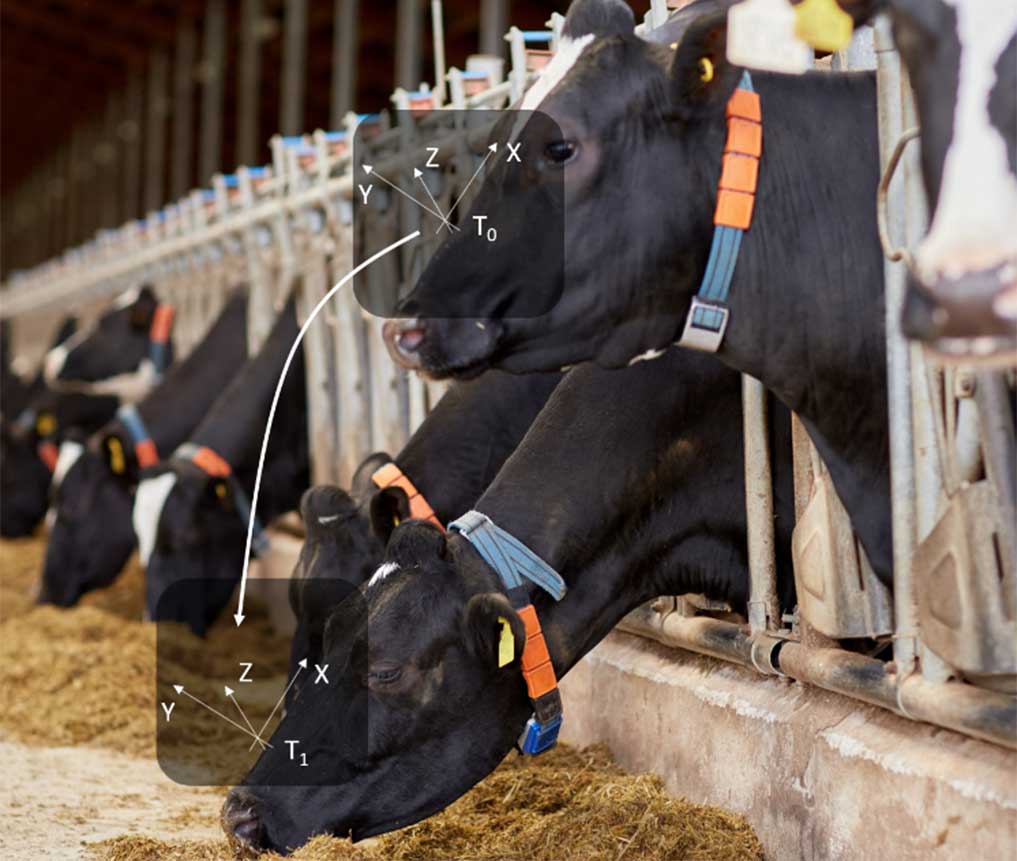
New Sensor Technology to Estimate Feed Intake in Lactating Dairy Cows
The use of sensor technology to advance the field of precision livestock farming is becoming more predominant in modernized dairy farms.
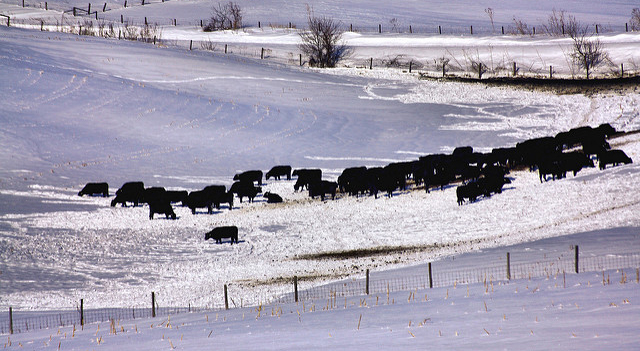
Nutritional Needs Prior to Calving
Nutrition during late gestation plays a large role on the future calf as well as the dam. It is during the last 60-90 days of gestation, or the pre-calving period, that impacts the calf’s survivability, long-term health and overall production.
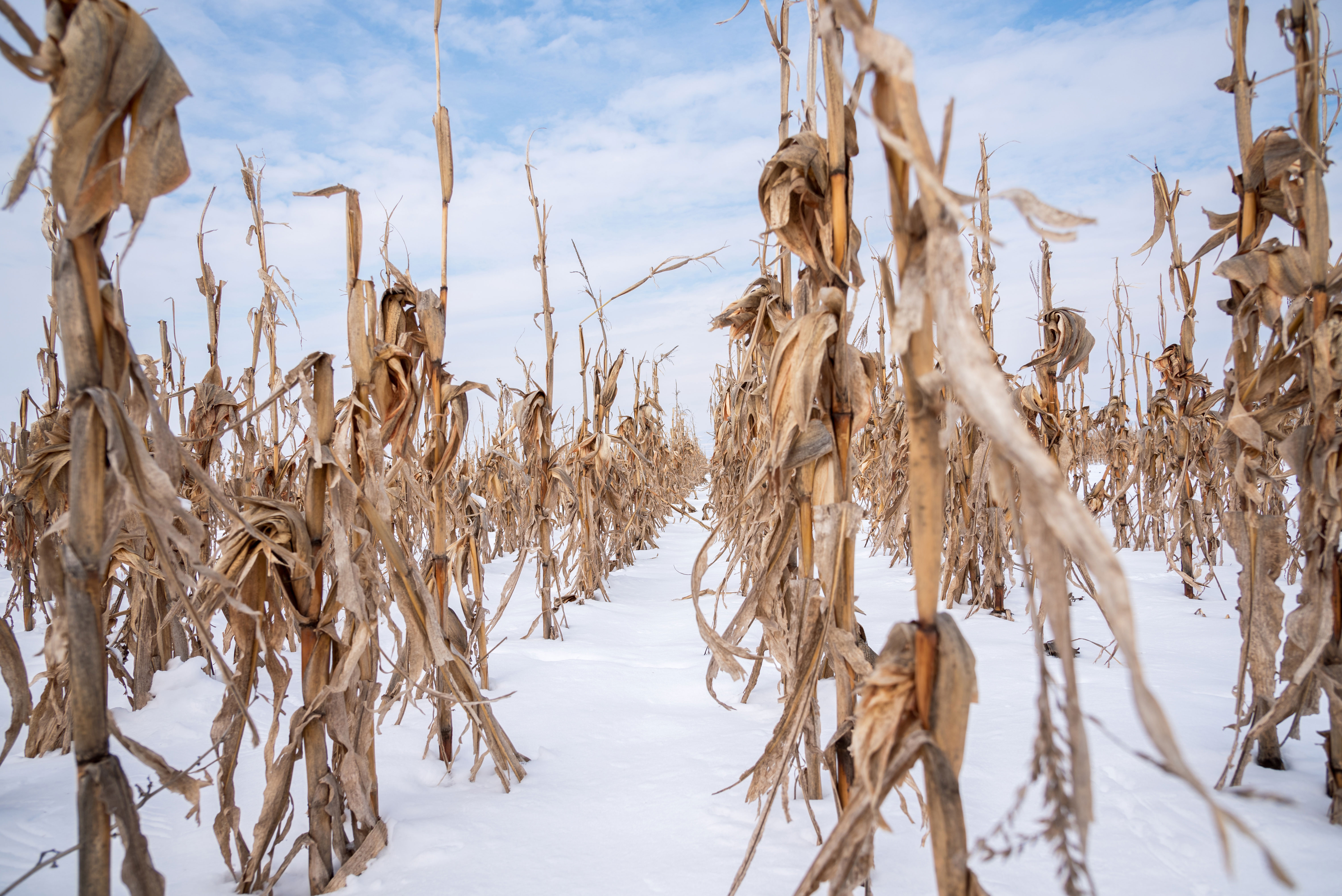
Standing Corn Considerations
The January 2020 South Dakota Crop Progress Report indicated four percent of S.D. corn acres remain in the field. Given the record rainfall of 2019, current snow pack levels and the 3-to-6-month precipitation forecasts, farmers will likely be dealing with a wet spring in 2020, thus making the removal of those acres important but hard to accomplish.

An identification guide to common Dung Beetles of South Dakota
A guide of common dung beetles of South Dakota.
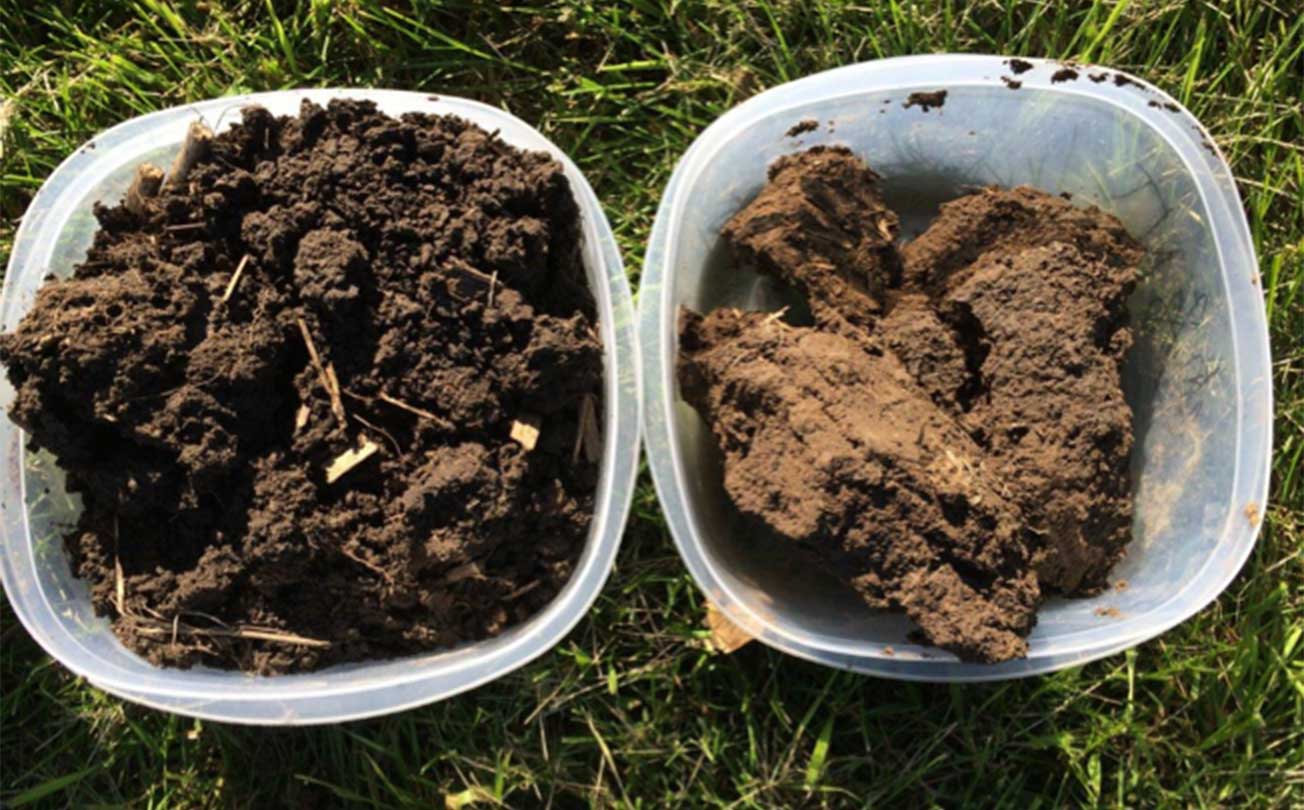
Organic Agronomy Starting to Impact
For decades scientists have known that a handful of soil contained more micro-biological organisms than the number of humans on earth. Science is just beginning to discover these organisms and learn about their functions and contribution to their soil ecosystem.
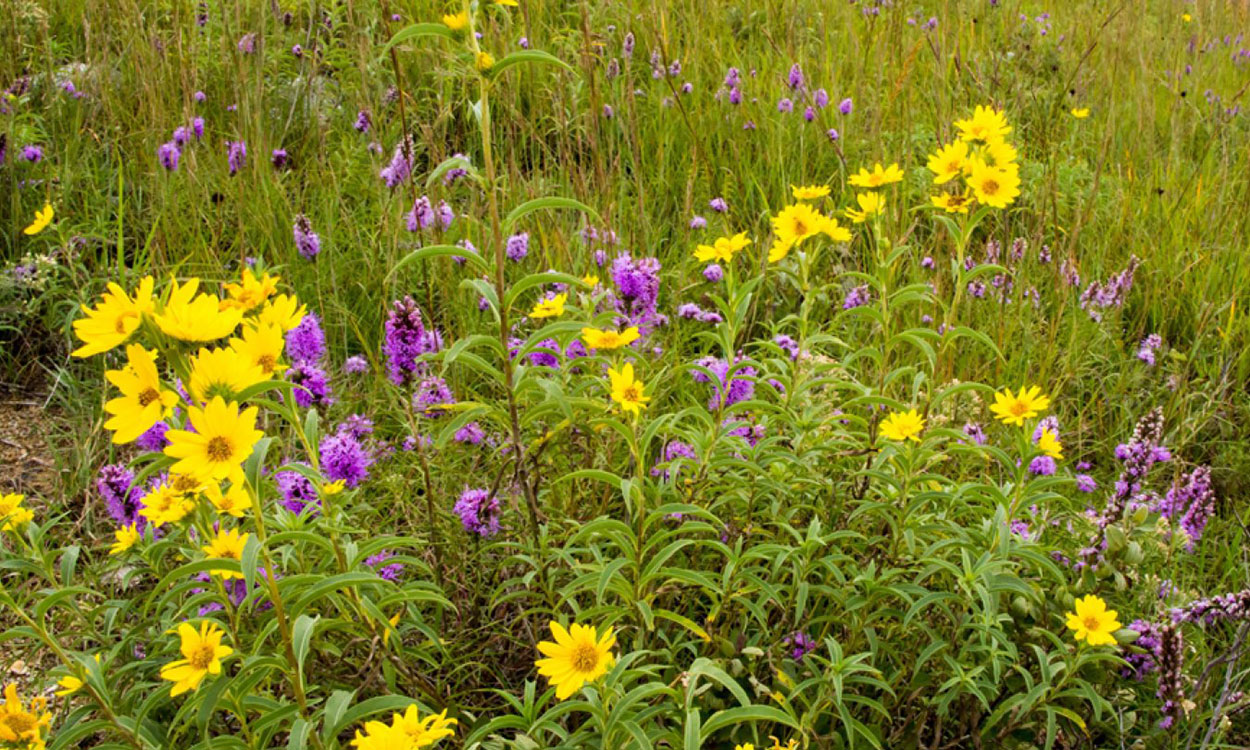
Range Roundup: SDSU’s Native Plant Initiative
The SDSU Native Plant Initiative aims to improve our understanding of South Dakota’s native plants, including which ones are best-suited for restoration and production. This information will help guide stakeholders in matching native species to desired restoration outcomes.

iCook
Curriculum intended for out-of-school settings with the goal of promoting healthy lifestyles for 9- and 10-year-old youth and the adult who prepares their meals
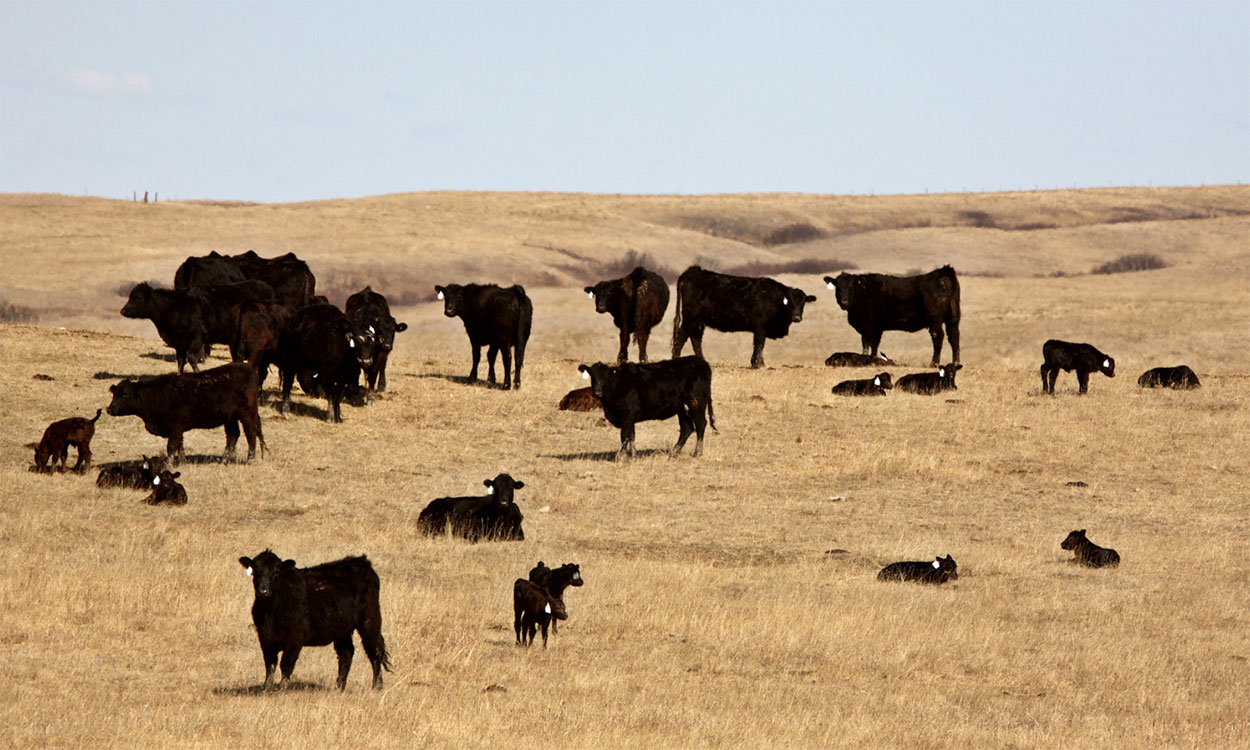
Selecting a Calving Season Based on Matching Nutritional Needs and Resources
Choosing the calving season is a complex and highly individual decision for each beef cattle producer. A primary consideration in pasture-based cow-calf operations is choosing a calving season that will best match the forage supply to forage demand.